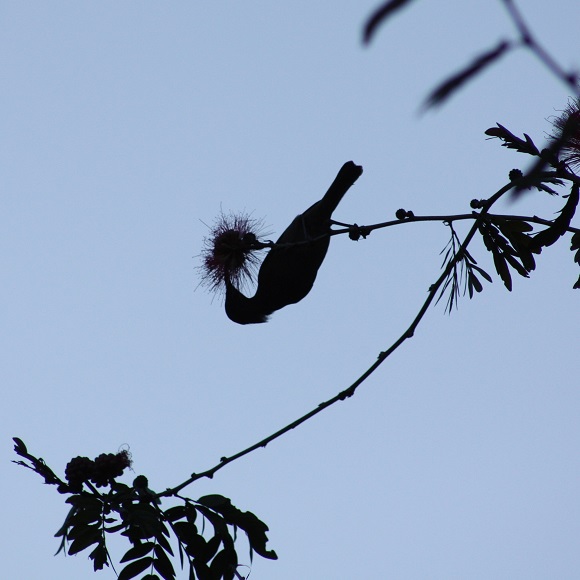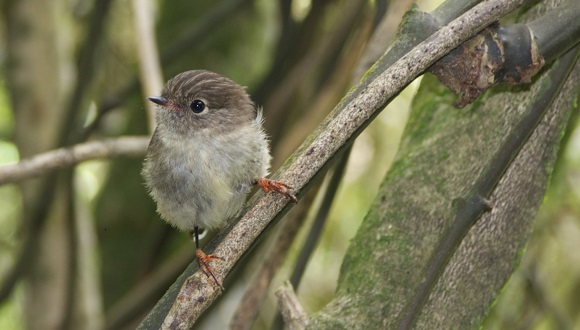Living on an island: a smart choice
Species of birds living on islands have evolved to have larger brains than their continental relatives. Island conditions have prompted this post-colonization evolution, which enhances adaptability to environmental changes.

Certain features of islands make life on them different from life on the mainland. Ever since the days of Charles Darwin and his Galapagos finches, the scientific community has viewed islands as natural laboratories for studying evolution. Their isolation in the middle of an ocean makes evolutionary trajectories predictable to some degree, as in the case of reduced flight capacity in island birds. An international team of scientists led by CREAF researchers Ferran Sayol and Daniel Sol have recently discovered a new evolutionary trend, that of increased brain size in island-dwelling animals.
In a study published in the journal Nature Communications, the team analyse the relative brain size of over 11,500 specimens of more than 1,900 bird species, insular and continental alike. Having reconstructed the changes the brains of these species have undergone over the last 60 million years, the study's authors conclude that differences in brain size are the result of evolutionary changes that occurred after island colonization. “Our study suggests that island-dwelling species have developed larger brains than their relatives on the mainland because increased brain size makes them better able to cope with less stable environmental conditions”, explains Sayol.

An island's environmental conditions can change significantly from one year to the next. Unlike on the mainland, however, animals are unable to disperse to escape deteriorating conditions. One solution is to develop a bigger brain to help generate new behavioural responses and seek out new food sources. The New Caledonian crow (native to the archipelago of New Caledonia in Oceania), for example, crafts twigs into tools for extracting insects from cavities in trees.
“Developing a large brain takes a great deal of energy and time, but offers substantial rewards”, says Sol, the study's director and a CSIC researcher based at CREAF. “Humans are a fine example of that”, he adds. “Our extraordinarily large brain has enabled us to colonize almost every region of our planet.”
ARTICLE
Sayol F., Downing P.A., Iwaniuk A.N., Maspons J., Sol D. (2018). Predictible evolution towards larger brains in birds colonizing oceanic islands. Nature Communications. http://dx.doi.org/10.1038/s41467-018-05280-8






